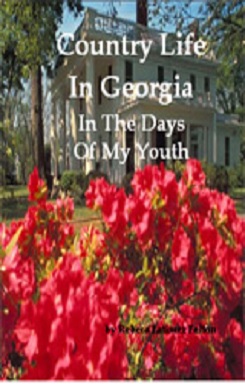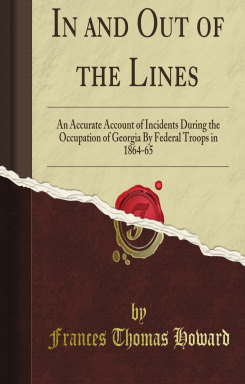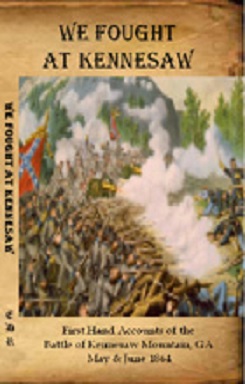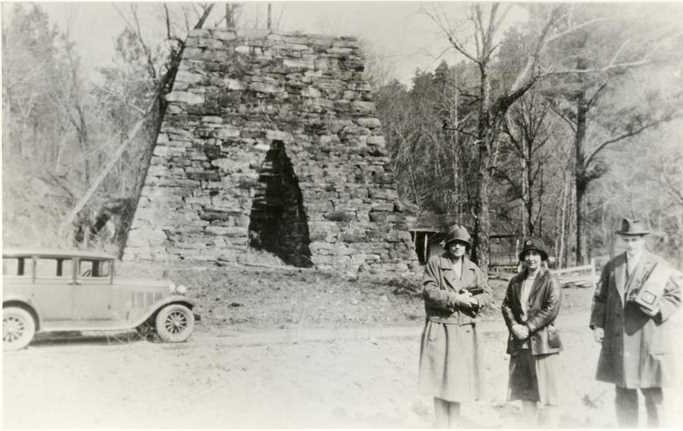For Additional Research

Rebecca Latimer Felton
PAPERBACK - $35.00
CD-ROM - $15.00
EBOOK - $9.49

In and Out of the Lines
Howard, Frances Thomas
187 pgs.
HARDBACK - $40.00
PAPERBACK - $20.00
DVD - $15.00
COMBO - $30.00
AUDIO - $15.00
EBOOK - $15.00

We Fought At Kennesaw
John C. Rigdon
HARDBACK - $40.00
PAPERBACK - $20.00
DVD - $15.00
EBOOK - $15.00











